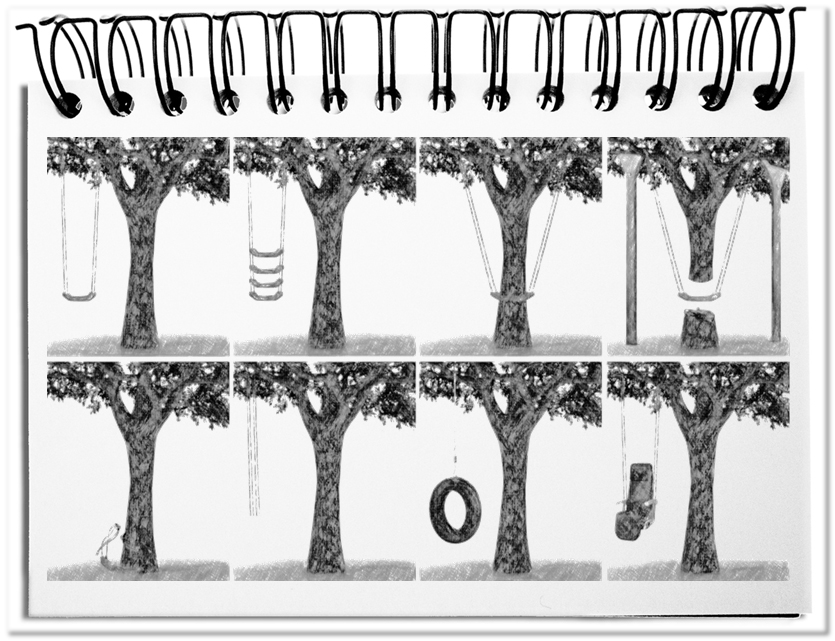For years, project management provides structures for properly accomplishing projects. Nevertheless only 2.5% of the enterprises achieve their projects as planned (see http://ow.ly/zy5hB). Everything begins with the different interpretations of the project goals (see illustration). Additionally, the costs exceed on average 27% of the planned budget. The reason for failure is in 57% of the projects weaknesses in the exchange of information. In 39% of the cases, the lack of planning leads to cancellation. Is it not possible to recognize the problems of a project at an early stage?
Generally, it looks like two thirds of the projects do not achieve their goals (see http://ow.ly/zxtze). If you believe the numbers, the initiatives mostly do not run as desired. From this fact, you can derive a simple indicator for endangered projects – the apparently missing project problems. If a project reports of few and/or no difficulties, then it is very probable that serious problems exist.
Negative impacts happen in all areas of project management (more here: http://ow.ly/zzcVA).
- The project plan essentially consists of the tasks and their sequences. They are frequently estimated too optimistic und too tight. An unexpected interruption in one of the work packages leads immediately to a new critical path. These delays are reported reluctantly. The involved people rather try to catch up the delay. Therefore, the delay becomes lately visible, often only at the planned end.
- The cost estimation takes place in competition to other suppliers. The costs are so scarcely calculated that each surprise blows up the budget. The fact that only 2.5% of the enterprises reach their goals one hundred percent is also an indication for regular overruns of the costs (approx. 16% exceed the budget even by 200%).
- The projects consist of the core team and the employees of the involved specialist areas. The allocation frequently takes place on part-time basis, i.e. the individual employee has to provide her/his contributions for the project and at the same time fulfills her/his tasks in the daily business. This increases the expenditure of a project due to shifted, unnecessarily long and repeating meetings, because the required participants are rarely present in full number.
- The decision makers have mostly the responsibility for various projects, which they assign and control. The exchange with the project manager is then limited to the report meetings in the steering committee. If the project manager cannot find additional ways to inform the decision makers about the real issues, the actual difficulties only show up in the end the project. On the one hand, late changes become substantially more difficult. On the other hand, the time for solving all the related aspects is not available.
Project members can tell you a thing or two about the difficulties. It is crucial that a project, which does not report trouble, is probably very critical. The lack of transparency prevents the early recognition and thus the simple solution. One reason is surely the feared face loss of the responsible person. As long as the corporate culture does not have a forgiving fault tolerance, you have to expect project failures repeatedly.
Bottom line:
Positive project reports that do not show difficulties and thus delay the difficult situation provide THE sign for project problems – the Missing-Project-Problems-Indicator (MPPI).


